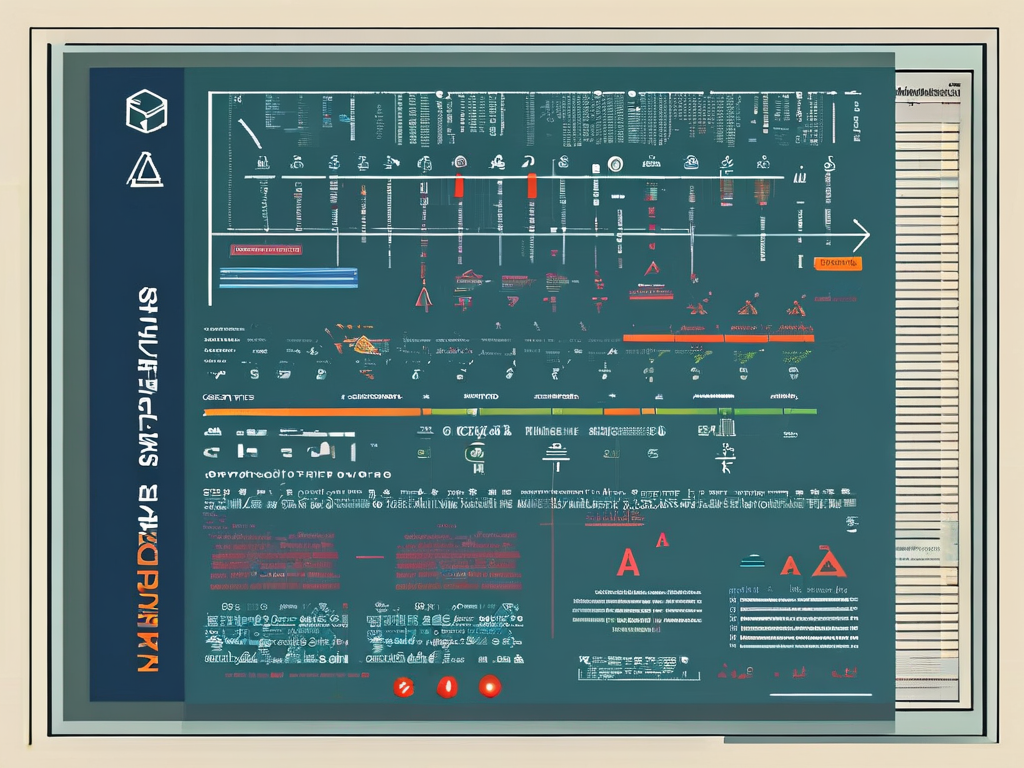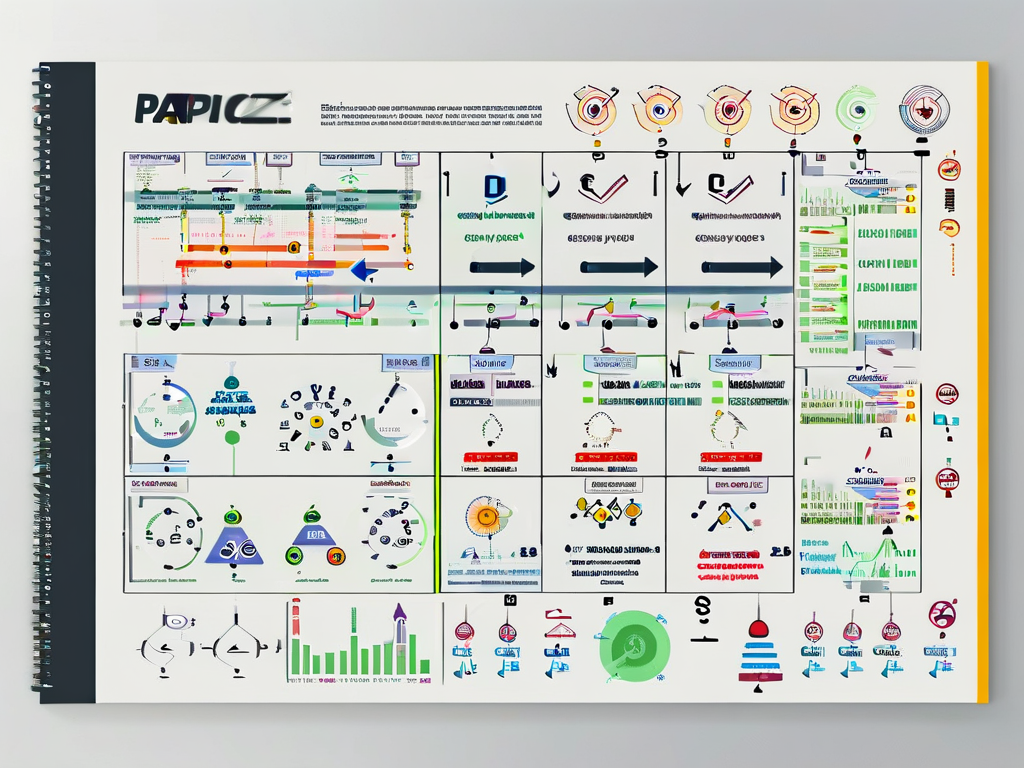In the realm of compiler construction, predictive parsing tables serve as a cornerstone for syntax analysis, enabling efficient top-down parsing of programming languages. This article explores the structure, creation, and practical implementation of these tables while addressing common challenges faced by developers.
The Role of Predictive Parsing Tables
A predictive parsing table acts as a decision-making blueprint for LL(1) parsers. By mapping non-terminal symbols to production rules based on lookahead terminals, it eliminates backtracking during syntax analysis. For example, consider the following grammar snippet:
E → T E'
E' → + T E' | ε
T → F T'
T' → * F T' | ε
F → ( E ) | id The corresponding parsing table would organize non-terminals (E, E', T, T', F) as rows and terminals (+, *, (, ), id, $) as columns, with cells indicating which production to apply.
Constructing the Table
Table creation relies on two fundamental sets: FIRST and FOLLOW. The FIRST set determines which terminals can begin a derivation from a non-terminal, while FOLLOW identifies terminals that may appear immediately after a non-terminal in valid sentences.
Key steps for table generation:
- Compute FIRST and FOLLOW sets for all non-terminals
- For each production A → α:
- Add A → α to table[A, t] for every t in FIRST(α)
- If ε ∈ FIRST(α), add entries for all terminals in FOLLOW(A)
Consider this code-like representation of set calculations:
def compute_first(grammar):
# Implementation for FIRST set calculation
pass
def compute_follow(grammar, first_sets):
# Implementation for FOLLOW set derivation
pass
Handling Ambiguity and Conflicts
LL(1) grammars must satisfy strict criteria to ensure unambiguous table entries. A common pitfall occurs when multiple productions share overlapping FIRST sets, creating table conflicts. For instance, if two rules for non-terminal A both have terminal '+' in their FIRST sets, the parser cannot deterministically choose between them.

Resolving such issues often requires grammar refactoring:
- Left recursion elimination
- Left factoring of common prefixes
- Introducing intermediate non-terminals
Practical Optimization Techniques
Modern parser generators employ several optimizations to enhance table efficiency:
- Compression algorithms for sparse tables
- Default reduction strategies
- Hybrid approaches combining table-driven and recursive descent methods
A typical optimized table might resemble this structure:
+-------+-----+-----+-----+
| Non-T | id | + | * |
+-------+-----+-----+-----+
| E | E→T | | |
| E' | | E'→+| |
| T | T→F | | |
+-------+-----+-----+-----+ Real-World Implementation Considerations
When implementing predictive parsing tables:
- Balance memory usage against lookup speed
- Handle error recovery through synchronized token sets
- Integrate semantic actions without disrupting table logic
Tools like ANTLR or Bison automate table generation but understanding the underlying mechanics remains crucial for debugging and optimization. A developer might encounter scenarios requiring manual table adjustments when working with legacy languages or domain-specific syntax.
Predictive parsing tables remain vital in compiler design despite the rise of alternative parsing strategies. Their deterministic nature and efficiency make them particularly suitable for syntax-directed translation in resource-constrained environments. As language complexity grows, mastering table construction and conflict resolution becomes essential for compiler engineers.

By studying both theoretical foundations and practical implementations, developers gain the ability to troubleshoot parsing issues effectively and create robust language processing systems. Future advancements may integrate machine learning techniques for automated grammar optimization, but the core principles of predictive parsing will continue to underpin syntactic analysis.









